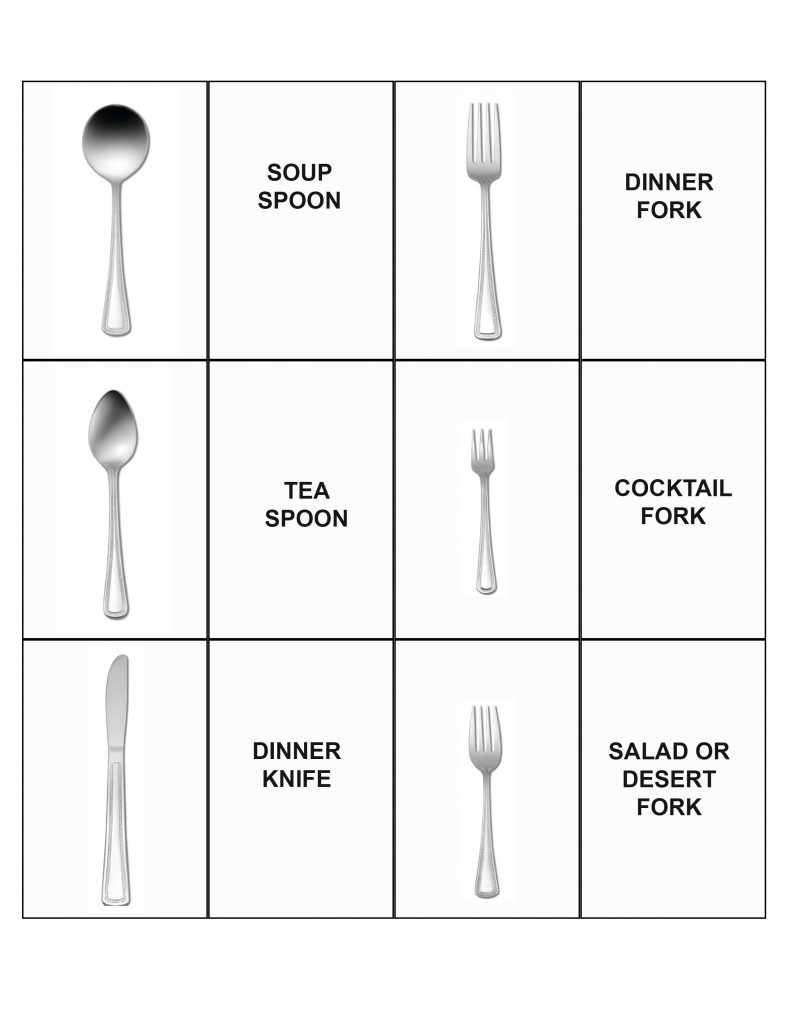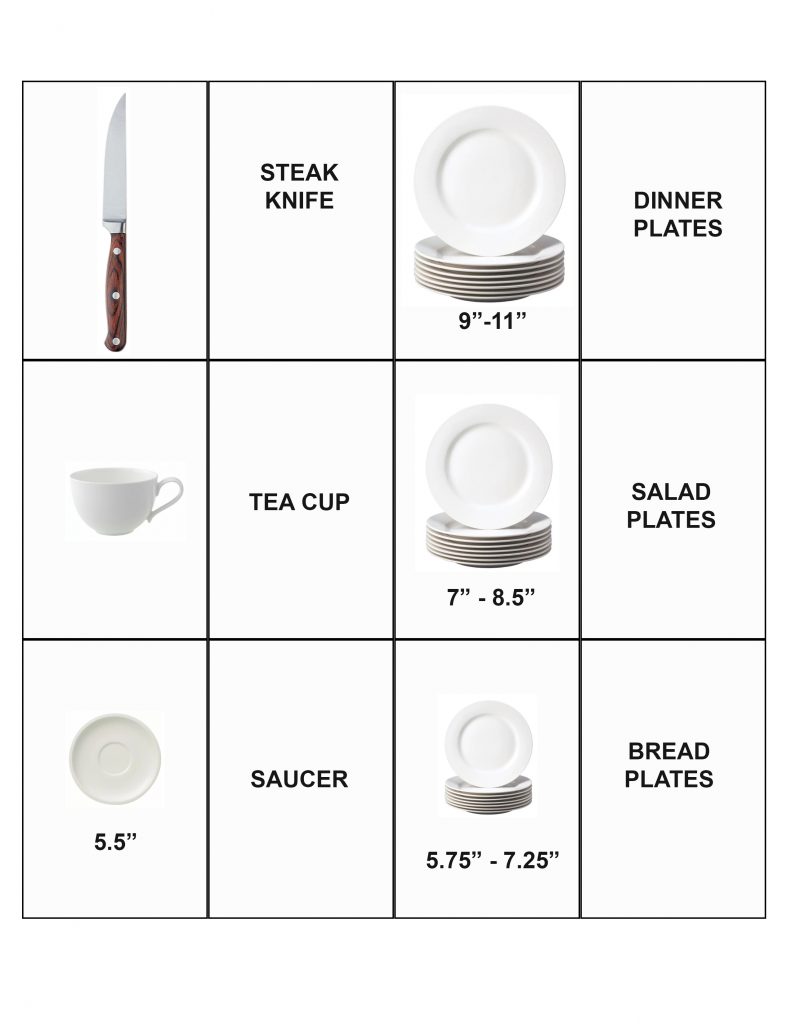
How to Set a Proper Table – Table Setting Badge Resources
How to set a proper table is very important to the meal you are serving as it sets the tone for the meal. Upon first glance, you can tell by the table setting if a meal is casual or formal. A well laid table shows people that they are important enough to you to set your table properly. Table settings have a practical purpose as well. They eliminate the need to constantly get up from the table to get a spoon, a napkin, etc. How your table is set, and the dishes used also influence not only the appearance of the food served, but how easily it is eaten.
While earning your Table Setting badge, you may also wish to earn the Food Presentation Badge, the Chef Badge, the Garnishing Badge or the Home Decorating Badge and discuss how table setting effects each.
“A carefully planned and well-prepared meal deserves an attractive setting. So, whether you are entertaining guests or feeding the family, set a table that beckons.”-1970’s Betty Crocker Cook Book
“Remember that you are just as much a hostess in your own family as though you were entertaining guests,
and you owe it to them to have your daily meals nicely served and as attractive as you can make them.”-1940’s Woman’s Home Companion Cook Book
“Taste and the knowledge of how to do simple things smartly are nowhere more evident than in the dining room.
Table setting is one of the most fertile fields in decoration and except for a few basic rules the world is yours.”-1940’s Woman’s Home Companion Cook Book
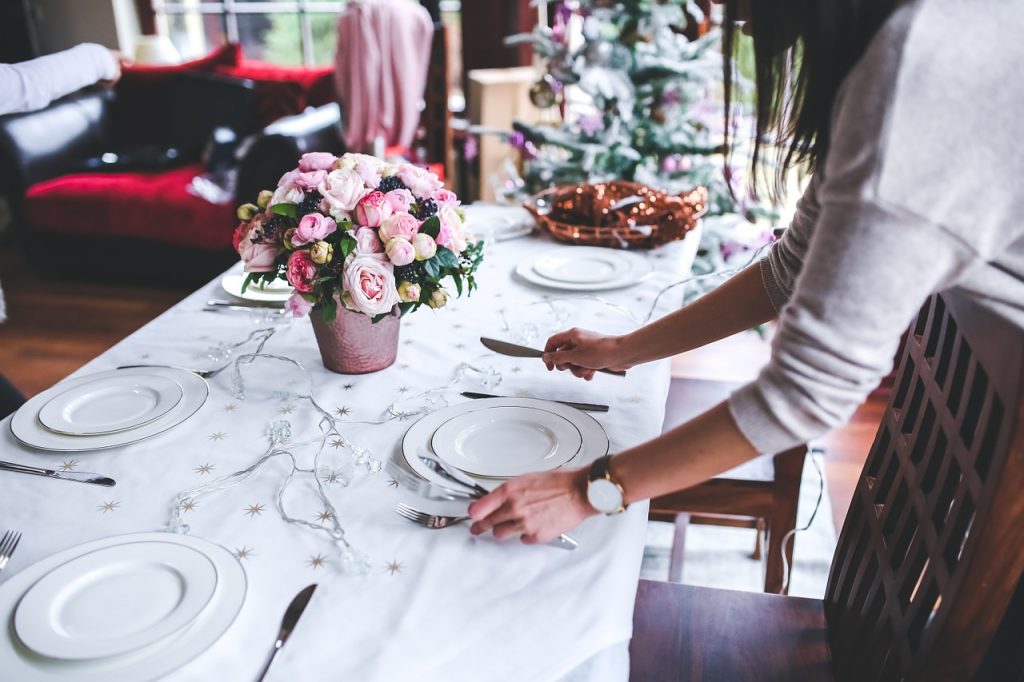
Casual Place Setting Tableware
At the very basic, for a casual family dinner, place settings should consist of the following:
- Placemat or table cloth
- Plate
- Napkin
- Drink glass or cup
- Flatware appropriate to the meal (fork, knife, spoon)
These items provide a dish on which to serve the food, flatware to eat with, a glass to drink from and a napkin to clean up with. Where each of these items are placed on the table also play a role. Most people are right handed so the glass, knife and spoon go on the right side of the plate with the fork and napkin on the left. (Traditionally people hold the fork in their left hand while holding their knife in the right to cut the food.) Make sure to place the knife with the blade to the left, facing the plate for safety purposes.
To Do: Properly set your table for dinner. Use the diagram below to ensure everything is in the proper place and make sure your napkin is folded neatly.

Fulfills Preschool requirement #2
Formal Place Setting Tableware
When attending a formal function or dinner, you may notice that place setting become much more elaborate. All the various dishes and flatware can be confusing, but each serves a purpose. Here is a list of just a few of the items you might see in a formal place setting:
- Soup spoon
- Teaspoon
- Salad fork
- Dinner fork
- Dessert fork
- Cocktail (Oyster) fork
- Steak knife
- butter knife
- Dinner plate
- Salad plate
- Bread plate
- Glass
- Goblet
- Tea cup
- Saucer
Flatware is laid on the table in the order of use. The placement starts on the outside of the place setting and moves inward toward the plate. The Etiquette Scholar has a very detailed article on what each piece of flatware looks like, what it is for, and where it should be placed upon the table.
To Do: Play a game of Table Setting. Print out two sets of the cards below for each player. Cut out the cards, shuffle them and place them in a pile. Flip over one card and place it next to the deck. This is the discard pile. Deal 6 cards per person. On each person’s turn, they may either take the top card in the discard pile or a new card from the top of the deck. If they have a picture card and the matching description card, they place the pair in front of them. Then they must discard a card and it is the next player’s turn. The game ends when someone has no cards to play. Award 1 point for each pair. Whoever has the most points wins the game. You can play several round adding points as you go if you wish.
Fulfills requirement #2 for Level 1, requirement #1, for Level 2, and requirement #2 for Level 3
Material Matters
Flatware and plates come in a variety of colors, designs, and materials. Which you choose depends much upon the meal you are serving, whether it is formal or casual and whether or not there is a theme or special event involved. For a casual outdoor BBQ you may choose paper plates, paper napkins, plastic cups and plastic flatware. While a formal wedding dinner may consist of fancy china and flatware with settings for multiple courses.
To Do: Discuss the pros and cons of each type of material. Why would you use paper plates instead of enamel ones? What are the advantages to a cloth napkin over a paper one? For each meal type listed below choose a material from each of the setting categories. Explain your choices. Discuss the impact of various colors & plate designs on a table setting as well.
- Formal wedding
- Outdoor BBQ
- Child’s Birthday Party
- Tea Party
- Everyday dinner
- Picnic
- Brunch buffet
- Paper plates
- Enamel plates
- China plates
- Pottery
- Plastic plates
- Glass plates
- Paper cups
- Plastic cups
- Glasses
- Goblets
- Mugs
- Tea cups
- Plastic flatware
- Metal flatware
- Silver/Gold flatware
- Paper Napkin
- Cloth Napkin
Fulfills Level 4 requirement #2 and Fulfills optional requirement #4
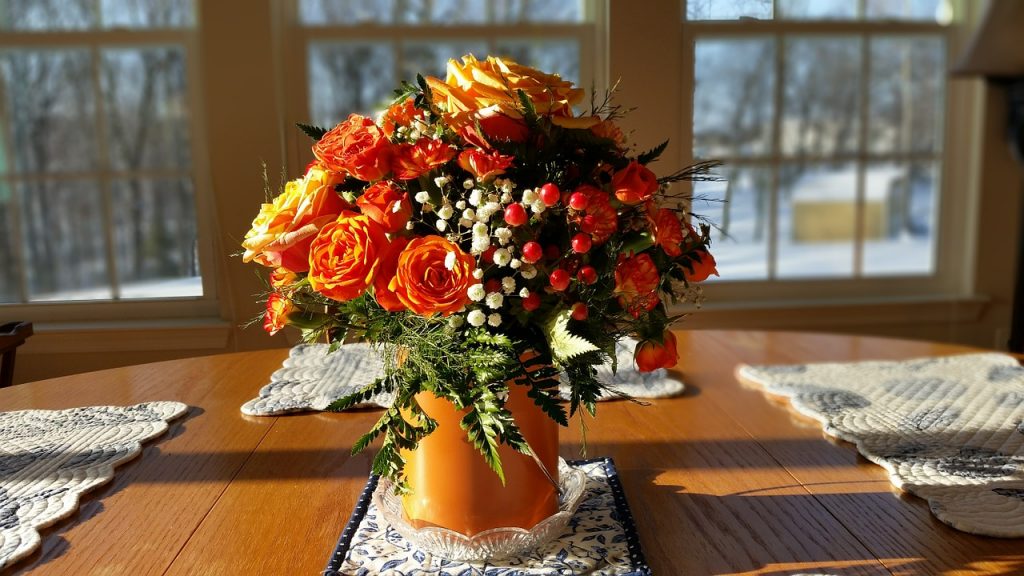
Creating a Centerpiece
For any type of event or formal gathering there is usually a centerpiece on the table to add to the decor. When creating a centerpiece, you need to think of how people will be interacting. If the centerpiece is for the table everyone will be sitting at, it is important that it be low enough or thin enough for everyone to still see each other. If the centerpiece is for the center of a buffet table it can be a much larger statement piece. Think about how the center piece will coordinate with your chosen place settings. Centerpieces can be as simple as a few flowers in a vase to giant creative works of art.
Common items used for centerpieces include:
- Flowers
- Candles
- Picture Frames
- Lanterns
- Garlands (for rectangular tables)
To Do: Decide on themed event such as a birthday party. Make a list of all the things you can think of that a person could use for a centerpiece besides just flowers. For example you might be able to use confetti, party hats or party blowers. You may even be able to use a pinata or the birthday cake.
To Do: Make a flower center piece.
To Do: Make a non-flower centerpiece. The Spruce has a variety of simple and stunning non-flower center piece ideas.
Fulfills optional requirements #3 and #9

Napkin Folding
One of the easiest ways to enhance a table setting is with creatively folded napkins. While a simple rectangular fold is effective, fancy fans, swans, etc. can turn your table into a work of art.
To Do: Learn how to fold a napkin in at least 6 different ways.
Fulfills optional requirement #4
Accessories for Your Table
In addition to basic table settings and center pieces you may wish to add even more accessories to your table. Accessories like place cards, napkin rings, and menus can serve both a practical purpose as well as add to your decor.
To Do: Make place cards for each person who will be attending your meal. These can be simple folded cards, painted rocks, mini frames, or even cards placed in creative stands.
To Do: Make napkin rings for each place settings. The Spruce Crafts has a variety of simple napkin ring ideas if you need inspiration.
To Do: Write up a menu of the meal to place at each setting in a design that compliments your decor.
To Do: Set a full table that includes, place settings, center piece, napkin rings, place cards and menu.


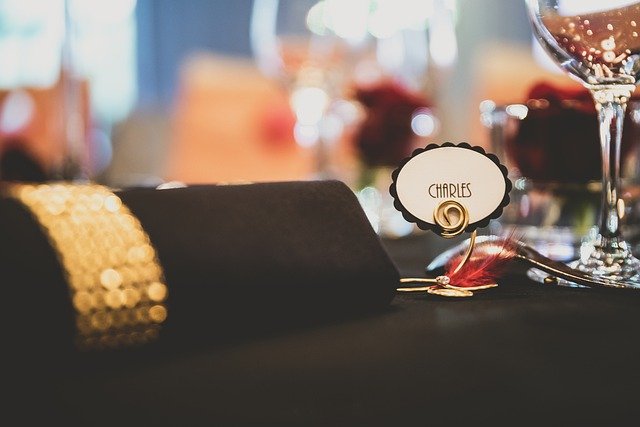
Fulfills optional requirement #6 and #8
Fulfills Level 2 requirement #2
Follow our Facebook page for badge of the week posts and other resources. For planning purposes you can see which badges will be featured on our badge of the week calendar. You can also sort and search articles by topic on our main blog page. If you are not already a member, check out our membership pricing page.


